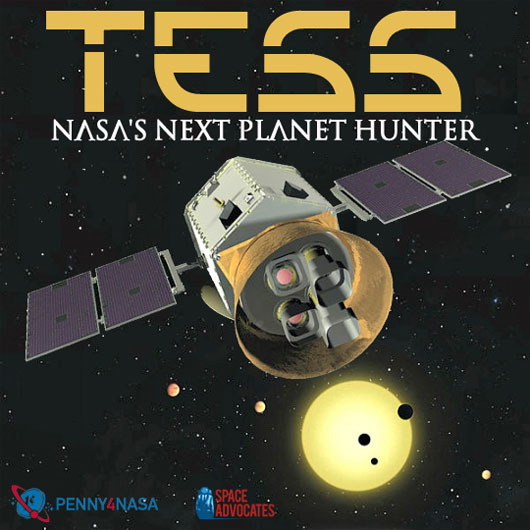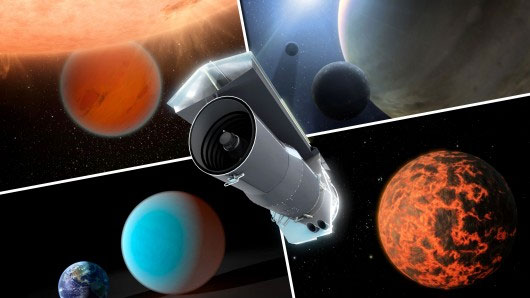Predict 6 major collisions between the host star and their star in the Milky Way
Recently, scientists have discovered a number of strange planets, revolving around host stars with amazing speed.
With the Kepler telescope, scientists found six planets that had a flight trajectory of less than 12 hours, even some planets flying around the host only about 4 hours. After this discovery is tested, these will be the closest planets to the known star. Jackson of the Carnegie Academy of Sciences, presented this discovery at the annual meeting of the American Astronomical Society held in Denver.

Most orbits with orbital cycles only a few days are not stable.The reason is that the gravitational influence of the surrounding planets changes its trajectory. In contrast, stone or ice planets are quite stable. But with short trajectories, and small size, under the influence of the gravitational force of the host and the gravitational pull of the neighboring planets, their orbit will gradually shrink. They can get close to the star's surface, and can even fly over the star's surface.
This discovery is part of NASA's planetary hunting project . Planets about a few times the size of the Earth often have short orbital cycles, and are easily detected by space telescopes, which are also ideal for survey satellites (TESS) . TESS will focus on finding Earth-sized planets that have the potential to support life.

In addition to satellites, the Kepler telescope will be used to look deep into space, playing a role in finding the surrounding satellites. Since its inception, the Kepler telescope has found more than 3,500 objects that could be planets. Scientists hope that, after testing, more than 90% of these findings will be confirmed as planets.
This $ 600,000,000 project was launched in 2009, but was suddenly interrupted earlier this year due to Kepler's reaction wheel, which maintains the position of the spacecraft in space, no longer only right direction. NASA hopes to restart the new planet hunting program in 2017.
- Close up of the Milky Way's
- The mysterious age of the mysterious star
- The fastest star in the Milky Way
- The 'lonely star' was kicked out of the Milky Way, forever in nothingness
- Why does the star system have 3 super new Earth?
- The biggest star in the Milky Way is forming
- Strange star groups move rapidly to disturb the Milky Way
- Discover the farthest star in the Milky Way
- Fun little-known facts about the Milky Way
- 360-degree portrait of the Milky Way
- Enjoy the pure Milky Way season
- The heaviest star in the Milky Way Stripped
 Van Allen's belt and evidence that the Apollo 11 mission to the Moon was myth
Van Allen's belt and evidence that the Apollo 11 mission to the Moon was myth The levels of civilization in the universe (Kardashev scale)
The levels of civilization in the universe (Kardashev scale) Today Mars, the sun and the Earth are aligned
Today Mars, the sun and the Earth are aligned The Amazon owner announced a secret plan to build a space base for thousands of people
The Amazon owner announced a secret plan to build a space base for thousands of people